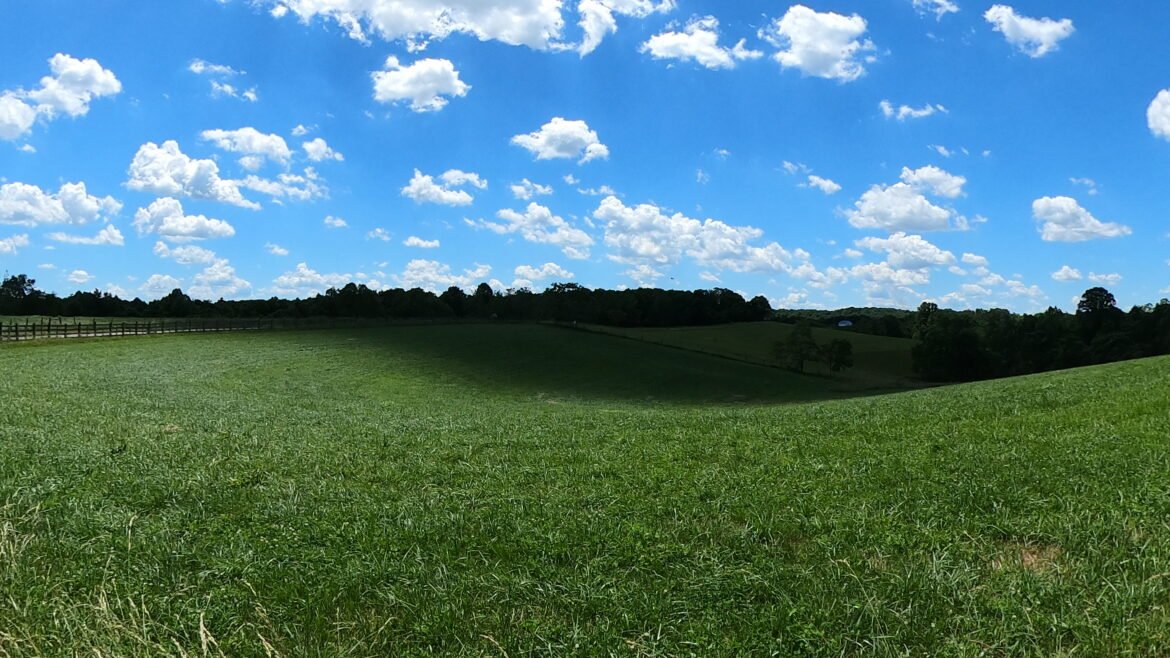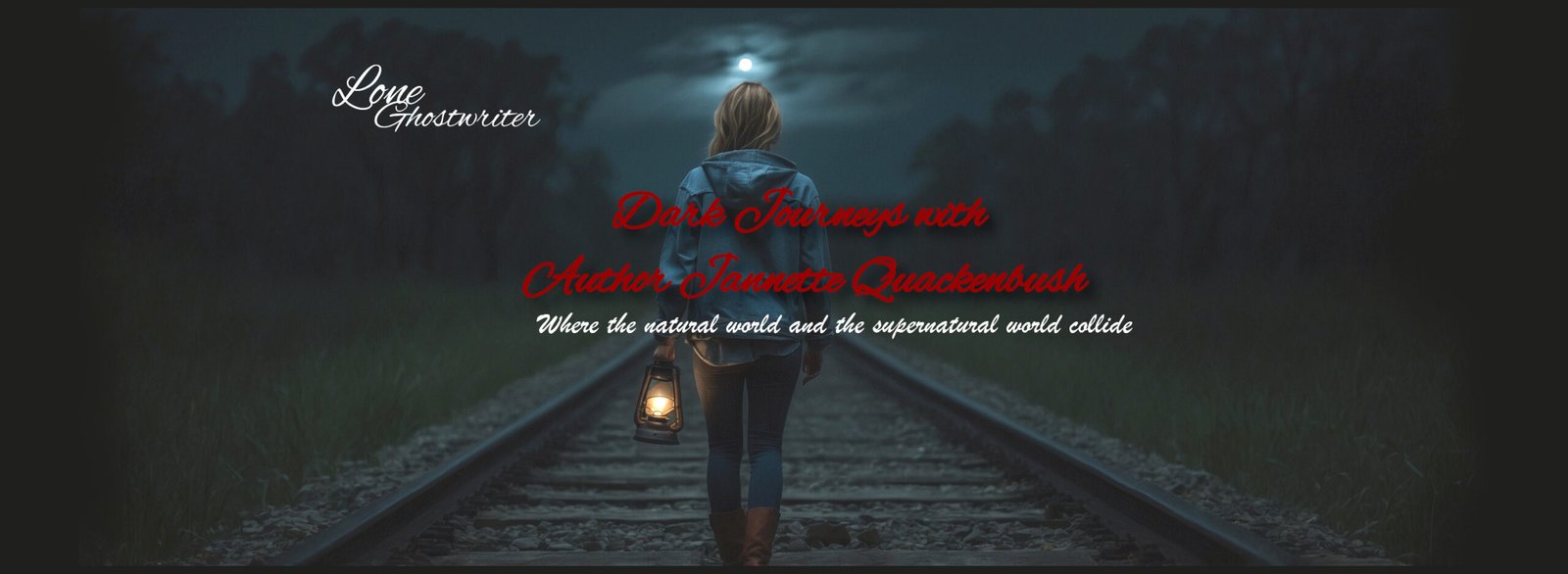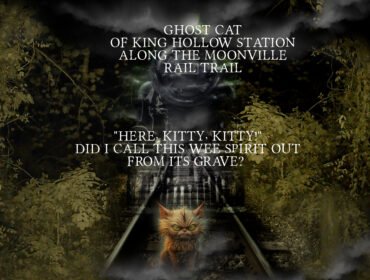In the 1850s, David and Catherine Somerville, along with their eight children, owned a small family farm in the heart of the Big Bend of the Ohio River. Once remote, in 1849, the first salt mining began along the bend, including sections of West Columbia, Pomeroy, and Hartford City. Coal mines began to crop up along with lumberyards, and the region was booming around what was once isolated farmland.
Because the area had been so far away from the evils of the rowdy mining towns, perhaps the Somerville family was naïve to the sheer multitude of laborers who had poured into the area for work. Not all were the honorable, gentlemanly type they were used to in their quiet little community. One evening, one of the daughters, 19-year-old Mary, remained at home while her family traveled to town. During that time, several unscrupulous men walking home from work noticed that the young woman was alone. They broke into the house and violently murdered her, then they dragged her into the deep forest surrounding the home that most called “The Big Woods” and buried her body. Law officials could never find the men and bring them to justice; the family eventually left to settle in another state.
It was not long after her death, though, that loggers milling trees began to hear the bloodcurdling shrieks, leaving the hair on the back of their necks standing on end. They knew it was no fox cry or coyote yowl. Not usually superstitious men, they could not shrug off that there was something dark and unsettling in those woods. Later, as more people moved into the area, they too would hear the shrieks, calling the police as the cries sounded like somebody in danger. After wild goose chases, the screams followed the officers back to town.
In 1986, excavators discovered the grave of Mary Somerville while strip mining and carefully moved her body to the nearby Zuspan Cemetery. However, some say the young woman still does not rest in peace, and perhaps she never will. On certain nights, you can hear Mary scream. And scream. And scream.






